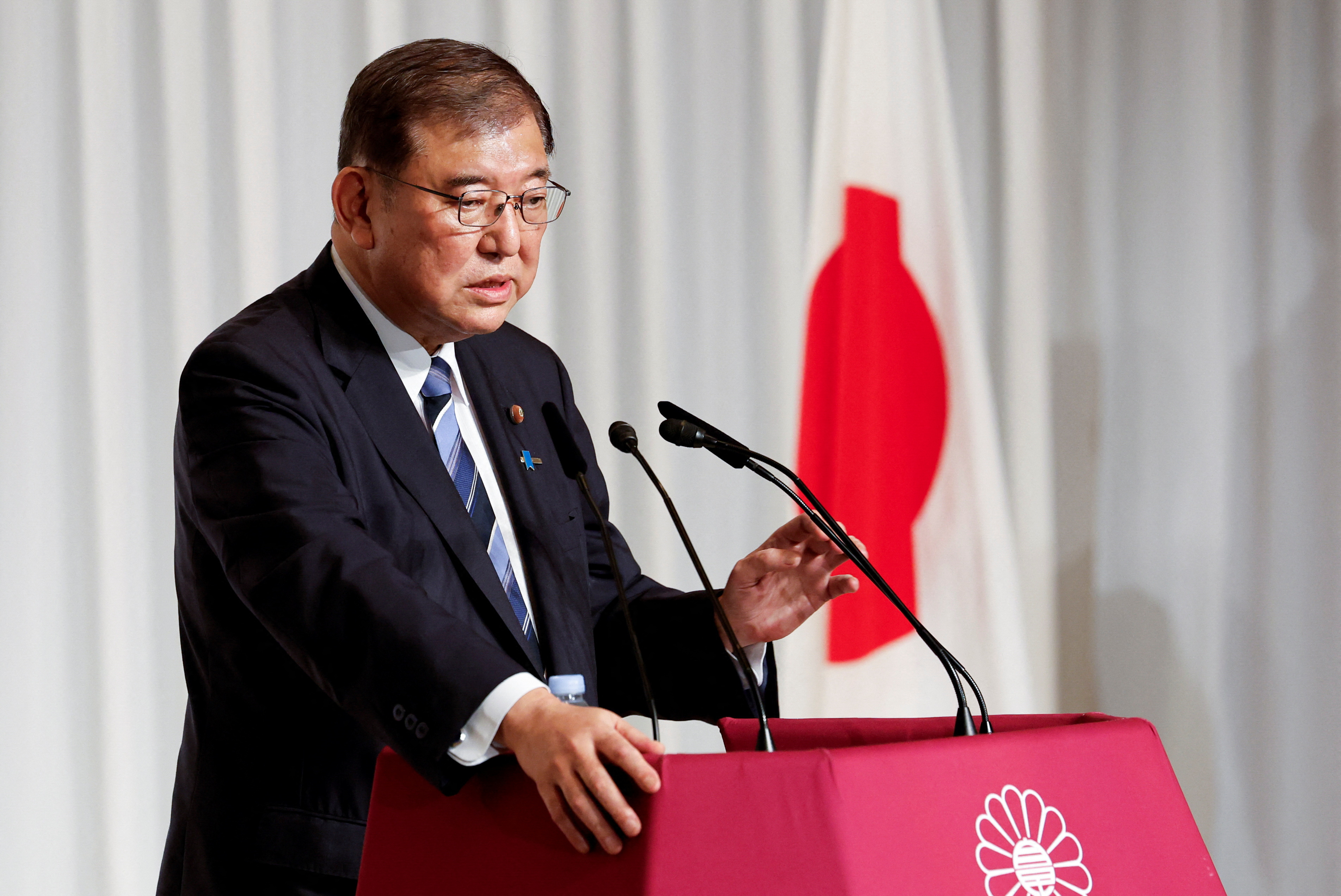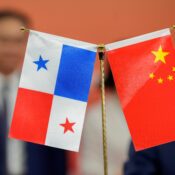
Japan’s new PM Ishiba names his cabinet before an early poll
In Japan’s new government, Shigeru Ishiba introduced his cabinet on Tuesday. He wants to bring the parties together and win a national mandate in a snap election on October 27.
The former defense minister, who is 67 years old, won a close race last week to lead the ruling Liberal Democratic Party (LDP). He was sworn in as prime minister earlier that same day by parliament. He is going to hold his first press meeting in Tokyo later that same day.
People will be paying close attention to how the Ishiba administration handles diplomacy with the United States, which is Japan’s closest friend. Ishiba has called for a more balanced relationship with Washington many times.
He has also suggested making an Asian version of NATO as a way to scare China away. This is an idea that could anger Beijing and has already been brushed off as hasty by a top U.S. official.
Ishiba has to calm people down at home who are angry about rising costs of living and a slowing economy. He also has to deal with East Asia’s unstable security situation, which is made worse by China’s growing assertiveness and North Korea’s nuclear weapons.
The experienced lawmaker is seen as an outsider in the party because he or she has failed four times to become leader. He or she has chosen a cabinet of 20 ministers, but only two of them are women—less than half of the previous administration’s number.
The government said that Katsunobu Kato will be finance minister and Yoshimasa Hayashi will stay on as chief cabinet secretary, which includes being the top government spokesman. They are both men who are competitors for leadership jobs.
Kato was chosen because he supports former prime minister Shinzo Abe’s “Abenomics” policies of loose fiscal and monetary policy. This seems to be a way to calm people’s worries about the next cabinet’s economic strategy.
The Nikkei stock index (.N225), which starts in a new tab, dropped almost 5% on Monday because the yen rose after Ishiba beat Sanae Takaichi, a monetary dove and fiscal expansionist, in Friday’s leadership fight. On Tuesday, the index gained ground again.
Takeshi Iwaya, a close friend of Ishiba and a former defense chief, will become foreign minister. Gen. Nakatani, on the other hand, will return to the defense ministry, where he worked in 2016. The business, trade, and industry ministry will be run by Yoji Muto, who used to be a junior minister.
He talked about the need to improve Japan’s security in his winning speech on Friday, after recent incursions by Chinese and Russian military ships.
OUTSIDE THE TENT
Five lawmakers who ran against him for leadership have not been put in his government or given important party jobs.
One of them is Takaichi, a strict conservative whom he beat on Friday by 215 votes to 194 in the closest race for leader in almost 70 years. Local news outlets said she turned down a top party position.
That could make it hard for Ishiba, who is always a favorite in polls, to lead a divided ruling group that is embroiled in scandals like gifts that were not recorded at fundraising parties.
Yoshihiko Noda, leader of Japan’s biggest opposition party, the Constitutional Democratic Party, said that his group would attack the LDP in the next election because of its flaws.
Noda told the public broadcaster NHK, “We cannot set up good governance through a fake regime change.”
Even though it’s having problems, Japan’s weak opposition means that the party that has been in power since the end of World War II is likely to keep its hold on power in the next election.
A poll done over the weekend by the Mainichi newspaper found that 33% of people supported the LDP, while only 15% supported the major opposition party, the Constitutional Democratic Party of Japan.
More than half of those who answered, even those who voted for the opposition, were positive about Ishiba’s election.
All Categories
Recent Posts
Tags
+13162306000
zoneyetu@yahoo.com



